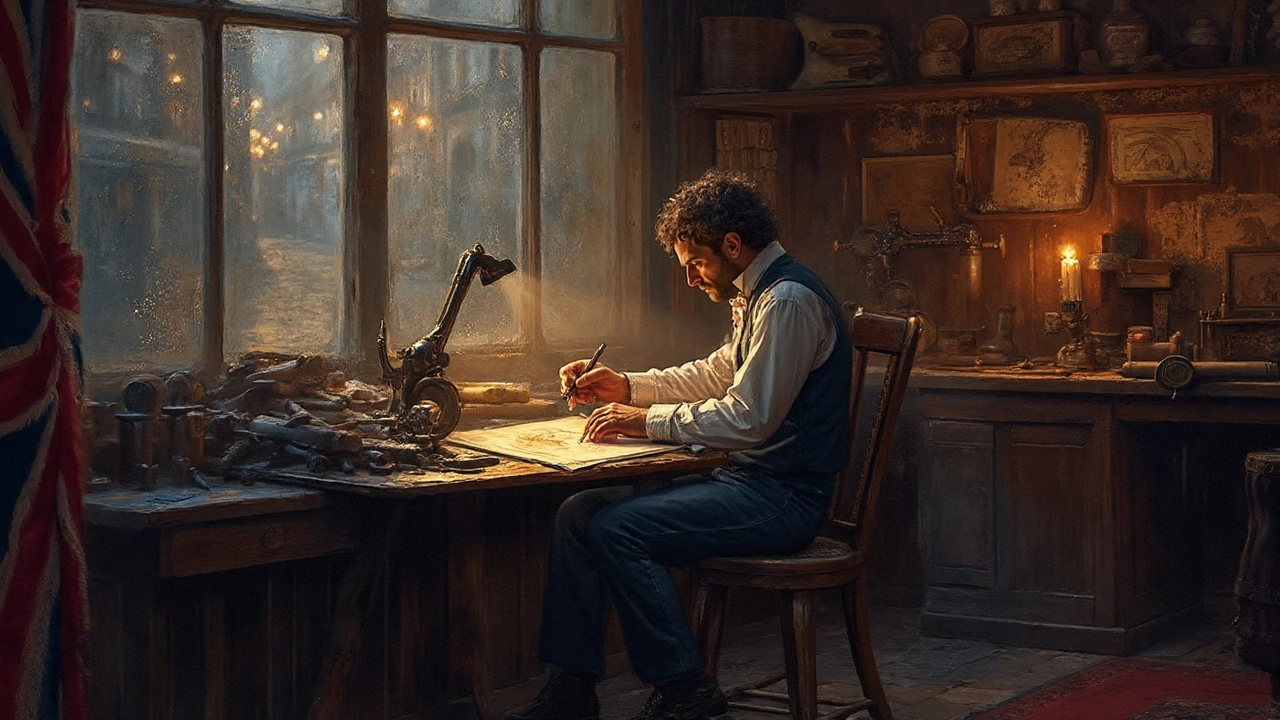Denim History – From Workwear Roots to Modern Fashion
When talking about Denim History, the story of a sturdy cotton twill that turned work clothing into a style icon. Also known as denim fabric, it started as a practical material and now drives runway shows and street looks alike.
Denim’s birth traces back to 17th‑century Nîmes, France, where workers needed a durable cloth for labor‑intense jobs. The fabric’s name actually comes from "serge de Nîmes," a twill weave made from cotton, a natural fiber prized for breathability and strength. Early miners and farmers valued the fabric’s resistance to wear, so denim quickly became synonymous with workwear, clothing designed for tough, everyday tasks. This practical origin set the stage for denim’s later cultural jumps.
The 19th‑century gold rush in America gave denim a new purpose: jeans, a rugged trouser style reinforced with copper rivets. Levi Strauss teamed up with tailor Jacob Davis to create a garment that could survive mining digs and rail‑road labor. Those early blue pairs proved that a work‑grade material could also become a symbol of rebellion when miners wore them as a badge of pride. Jeans soon spilled out of the mines, shaping the look of cowboys, musicians, and eventually everyday people.
Why Denim Matters Today
By the mid‑20th century denim had slipped into youth culture, fueling the rise of streetwear, fashion that blends casual, athletic, and urban influences. Designers began experimenting with washes, distressing, and color fades, turning a single fabric into a palette for personal expression. The connection between denim and streetwear created a feedback loop: music scenes demanded fresh looks, designers responded with new cuts, and consumers bought into the narrative. Today, denim’s versatility lets it pair with a crisp white tee, a tailored jacket, or even luxury accessories, proving the material can adapt to any style era.
Modern denim trends focus on sustainability and innovation. Brands now use organic cotton, recycled fibers, and low‑water dyeing processes to reduce the environmental impact of a fabric once notorious for heavy chemical use. New finishes like raw‑edge, eco‑wash, and performance blends let denim perform better in active‑wear scenarios while keeping the classic silhouette. These developments show that denim’s evolution isn’t just about aesthetics; it’s about meeting today’s consumer values around ethics and comfort.
Our collection of articles reflects how denim intersects with broader fashion topics. You’ll find tips on pairing t‑shirts with denim, insights on how summer heat influences denim styling, and guidance on choosing the right jacket to layer over jeans. Whether you’re curious about the masculine color palette that works with denim or hunting for the best jeans for men over 50, the pieces below offer practical advice rooted in the rich backdrop of denim’s past. Dive in and see how history shapes what you wear today.
- Cleo Fairchild
- Aug, 3 2025
- 0 Comments
Oldest Jeans Brand: The True Origin of Denim Legends
Ever wondered who made the very first pair of jeans? Explore the real story behind the oldest jeans brand, surprising milestones, and game-changing moments.
